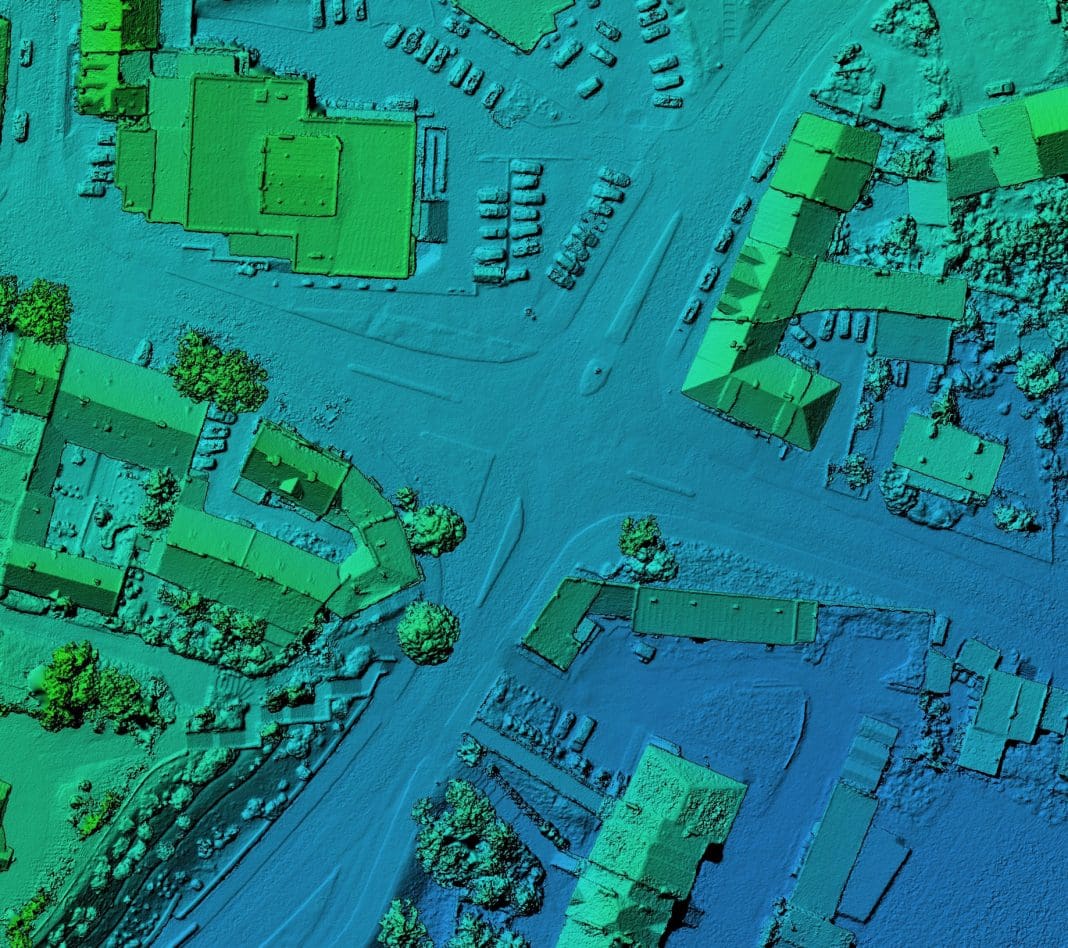Sitetracker’s EMEA vice president of sales, Michael Morrissey, explores how the combination of GIS mapping and deployment operations management solutions enables greater collaboration
GIS mapping and deployment operations management solutions are now the mainstays of fibre-optic network development and operations. You’ve heard of GIS mapping.
Deployment operations management systems are less of a household name. But they can shorten fiber-development timelines by roughly 33% by combining project planning, project management, and work management capabilities across hundreds of critical infrastructure deployments. Linking them with GIS promises even greater efficiencies.
That integration is new, and it promises to tighten the connections between design, engineering, construction, operations, and sales and marketing to increase efficiency, speed fibre deployment, and boost revenues.
Relentless fibre growth with surging broadband demand
Maximising speed and optimising the execution of fibre deployment have never been more important.
Fibre has become the overwhelmingly dominant delivery vehicle for fixed broadband. In the UK, fibre lines increased by 52% in 2022 despite overall fixed-broadband growth of just 0.7%. BT’s Openreach division and altnets, such as CityFibre and Giganet, are spending billions to avail fibre connectivity to tens of millions of homes in the coming years.
U.S. fibre broadband passings rose 13% in 2022 on top of similar growth the year before, and the Fiber Broadband Association expects federal funding programs such as BEAD, RDOF, ReConnect, and others further to boost fibre-to-the-home deployments in the next five years.
In Europe, “fibre rollout is steadily advancing at an increasingly fast pace,” as Eric Festraets, president of the FTTH Council Europe, recently put it. “We can say with confidence that we are on the right track to meet the EU’s ambitious connectivity targets set out by Gigabit Society 2025 and Digital Compass 2030 strategies.” Similar growth is afoot in Asia, Africa, and Latin America. In short, the demand is there. It’s a matter of building out networks quickly and profitably.
GIS has its limits in fibre deployment
GIS’s advantages are familiar to fibre cos. It helps designers and engineers visualise the network during planning, construction, and operations & maintenance. That informs everything from troubleshooting network-ops problems to planning for future growth. GIS also can help spot excess capacity along existing routes to indicate to sales teams where they might best focus.
But GIS also has its limitations. It can’t see buried impediments that may block a line’s ideal route – and while surveying and soil sampling help bridge the gap, you never quite know what lurks below until you start trenching.
GIS also can’t see expired permits, problematic rights of way, or shared ducting in which there’s no space available. These are the sorts of construction details that deployment operations management systems can quickly feed into project planning, scheduling, resourcing, and then back into GIS mapping functions themselves.
Deployment operations management systems manage mass deployments with templates embodying best practices across design, build, and O&M – templates honed though the lessons of thousands of fiber deployments. Those templates and other tools standardize repeatable elements while enabling site-by-site variation based on equipment, accessibility, priority, staffing, material availability, and other factors. They apply machine learning to help managers refine forecasts and schedule more strategically. They harness mobile apps to bring field crews and subcontractors into the fold.
Because deployment operations management systems help crews do their jobs better, they work with them rather than around them, and that means project information is up to date.
Being cloud-based, these systems provide real-time visibility into the state of a fibre rollout and its ongoing operations throughout the organisation. Field techs have a sharper understanding of the ground truths associated with a particular job even as senior managers can grasp the big-picture with much greater clarity.
Closing the design-engineering-construction loop
By integrating GIS with deployment operations management, you enable a constantly updated as-built drawing of your growing network. That feedback loop closes the gaps between design, engineering, construction, and sales teams. That has big implications in the global fiber industry’s current land-grab environment.
Feeding new information from jobsites into GIS maps (done through new GIS layers) helps align engineering, construction, and sales teams. Consider a GIS map that shows 1,000 homes to be passed by running fiber through a new area of a given city. Surveying crews note obstacles that drop that number to 800. During digging, other hindrances cut it to 700. Typically, it may be weeks before someone updates the GIS map.
Yet sales and marketing are basing their efforts on that original GIS-based design. They’re wasting their time pitching a fiber upgrade to 300 households who, should they bite, won’t have access to your service anyway.
Combining GIS and deployment brings greater collaboration
That’s only a taste of what combining GIS and deployment operations management systems brings. It lets teams collaborate on one continually updated, reliable workflow. They can design and redesign on it, they can assign work, and they can see the results as teams progress on a given job. Those insights can help developers and operators more closely understand the economic viability of proposed deployment and can help contractors and everyone else involved get paid faster.
Integrating GIS mapping with deployment operations management systems connects engineers, construction crews, subcontractors, local municipalities, and other stakeholders into one secure, collaborative tool. It improves engineering-design accuracy and creates feedback loops fostering continuous improvement, thereby smoothing future deployments.
That benefits everyone down the line, from those planning and scheduling work to those pitching high-speed data service to the right customers, sooner. The end effect is faster, more efficient, and more profitable fiber network growth that benefits everyone involved as they serve what appears to be a universal, unquenchable need for high-speed data.

Michael Morrissey
EMEA vice president of sales














